Hyundai Tucson vs Mercedes EQE SUV – Differences & prices compared
Both models have their strengths – but which one suits you more?
Compare performance, efficiency, price and space directly: Hyundai Tucson or Mercedes EQE SUV?
Costs and Efficiency:
Looking at overall running costs, both models reveal some interesting differences in everyday economy.
Hyundai Tucson has a convincingly advantage in terms of price – it starts at 30600 £, while the Mercedes EQE SUV costs 71600 £. That’s a price difference of around 40919 £.
As for range, the Mercedes EQE SUV performs significantly better – achieving up to 611 km, about 541 km more than the Hyundai Tucson.
Engine and Performance:
Under the bonnet, it becomes clear which model is tuned for sportiness and which one takes the lead when you hit the accelerator.
When it comes to engine power, the Mercedes EQE SUV has a significantly edge – offering 625 HP compared to 252 HP. That’s roughly 373 HP more horsepower.
In acceleration from 0 to 100 km/h, the Mercedes EQE SUV is convincingly quicker – completing the sprint in 3.70 s, while the Hyundai Tucson takes 7.90 s. That’s about 4.20 s faster.
In terms of top speed, the Mercedes EQE SUV performs to a small extent better – reaching 240 km/h, while the Hyundai Tucson tops out at 194 km/h. The difference is around 46 km/h.
There’s also a difference in torque: Mercedes EQE SUV pulls significantly stronger with 950 Nm compared to 367 Nm. That’s about 583 Nm difference.
Space and Everyday Use:
Cabin size, boot volume and payload all play a role in everyday practicality. Here, comfort and flexibility make the difference.
Both vehicles offer seating for 5 people.
In curb weight, Hyundai Tucson is clearly lighter – 1520 kg compared to 2440 kg. The difference is around 920 kg.
In terms of boot space, the Hyundai Tucson offers somewhat more room – 620 L compared to 520 L. That’s a difference of about 100 L.
In maximum load capacity, the Hyundai Tucson performs barely noticeable better – up to 1799 L, which is about 124 L more than the Mercedes EQE SUV.
When it comes to payload, Mercedes EQE SUV minimal takes the win – 580 kg compared to 545 kg. That’s a difference of about 35 kg.
Who comes out on top?
Overall, the Mercedes EQE SUV shows itself to be leaves the rival little chance and secures the title of DriveDuel Champion.
It convinces with the more balanced overall package and proves to be the more versatile choice for everyday use.
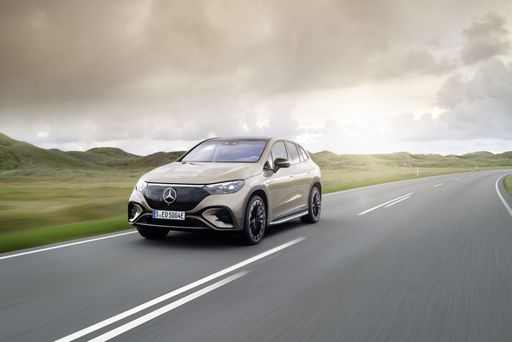
Mercedes EQE SUV
Hyundai Tucson
The Hyundai Tucson is a standout choice in the compact SUV segment, offering a perfect blend of style, comfort, and practicality. Its modern design is complemented by a spacious interior that provides ample room for passengers and luggage alike. With advanced technology and safety features, the Tucson ensures a smooth and enjoyable driving experience.
details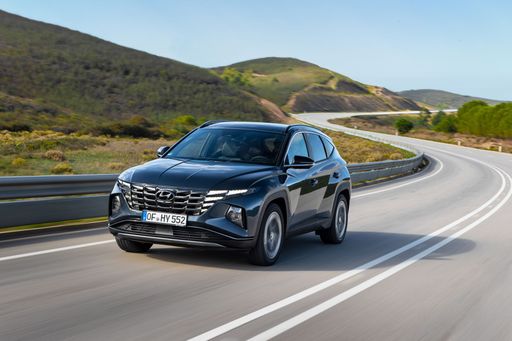 @ hyundai.news
@ hyundai.news
 @ hyundai.news
@ hyundai.news
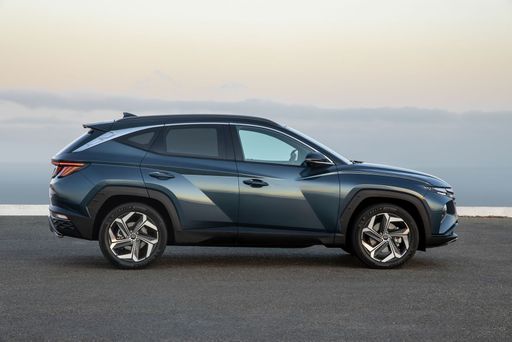 @ hyundai.news
@ hyundai.news
 @ hyundai.news
@ hyundai.news
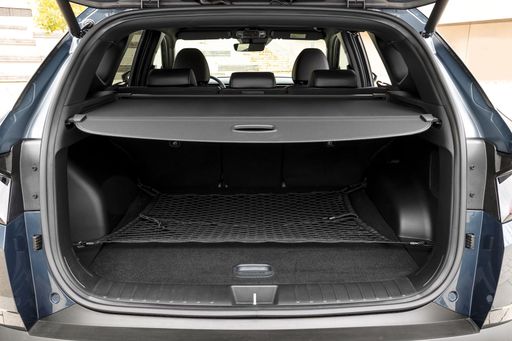 @ hyundai.news
@ hyundai.news
Mercedes EQE SUV
The Mercedes-Benz EQE SUV represents a fusion of advanced electric mobility and luxurious design, offering a refined driving experience that aligns with the brand's renowned legacy. Inside, the cabin is adorned with high-quality materials and state-of-the-art technology, providing both comfort and functionality for modern drivers. Its dynamic exterior is crafted to enhance aerodynamics while maintaining a distinctive and elegant presence on the road.
details @ group-media.mercedes-benz.com
@ group-media.mercedes-benz.com
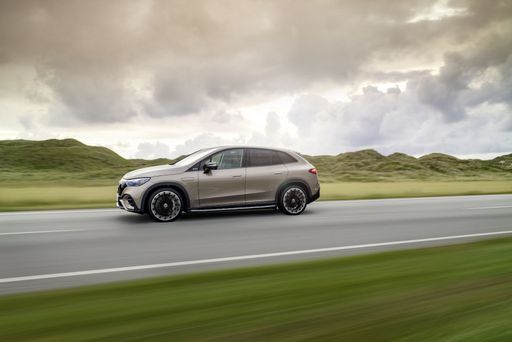 @ group-media.mercedes-benz.com
@ group-media.mercedes-benz.com
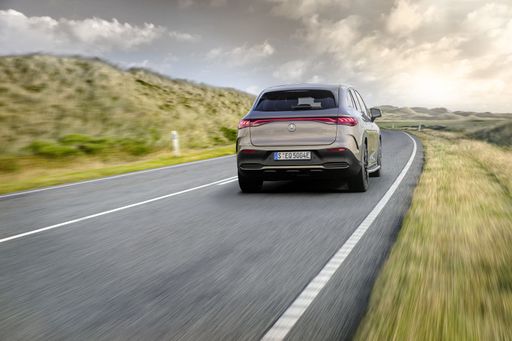 @ group-media.mercedes-benz.com
@ group-media.mercedes-benz.com
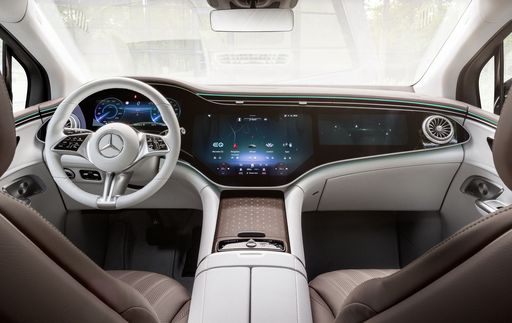 @ group-media.mercedes-benz.com
@ group-media.mercedes-benz.com

|

|
|
|
|
Costs and Consumption |
|
|---|---|
|
Price
30600 - 46300 £
|
Price
71600 - 125100 £
|
|
Consumption L/100km
1 - 6.9 L
|
Consumption L/100km
-
|
|
Consumption kWh/100km
-
|
Consumption kWh/100km
18.3 - 23.1 kWh
|
|
Electric Range
64 - 70 km
|
Electric Range
453 - 611 km
|
|
Battery Capacity
-
|
Battery Capacity
90.5 - 96 kWh
|
|
co2
22 - 156 g/km
|
co2
0 g/km
|
|
Fuel tank capacity
42 - 54 L
|
Fuel tank capacity
-
|
Dimensions and Body |
|
|---|---|
|
Body Type
SUV
|
Body Type
SUV
|
|
Seats
5
|
Seats
5
|
|
Doors
5
|
Doors
4
|
|
Curb weight
1520 - 1889 kg
|
Curb weight
2440 - 2615 kg
|
|
Trunk capacity
546 - 620 L
|
Trunk capacity
520 L
|
|
Length
4510 - 4520 mm
|
Length
4863 - 4879 mm
|
|
Width
1865 mm
|
Width
1940 mm
|
|
Height
1650 mm
|
Height
1672 - 1685 mm
|
|
Max trunk capacity
1721 - 1799 L
|
Max trunk capacity
1675 L
|
|
Payload
525 - 545 kg
|
Payload
505 - 580 kg
|
Engine and Performance |
|
|---|---|
|
Engine Type
Diesel MHEV, Petrol MHEV, Petrol, Full Hybrid, Plugin Hybrid
|
Engine Type
Electric
|
|
Transmission
Automatic, Manuel
|
Transmission
Automatic
|
|
Transmission Detail
Dual-Clutch Automatic, Manual Gearbox, Automatic Gearbox
|
Transmission Detail
Reduction Gearbox
|
|
Drive Type
Front-Wheel Drive, All-Wheel Drive
|
Drive Type
All-Wheel Drive, Rear-Wheel Drive
|
|
Power HP
136 - 252 HP
|
Power HP
265 - 625 HP
|
|
Acceleration 0-100km/h
7.9 - 11.6 s
|
Acceleration 0-100km/h
3.7 - 7.1 s
|
|
Max Speed
180 - 194 km/h
|
Max Speed
210 - 240 km/h
|
|
Torque
265 - 367 Nm
|
Torque
550 - 950 Nm
|
|
Number of Cylinders
4
|
Number of Cylinders
-
|
|
Power kW
100 - 185 kW
|
Power kW
195 - 460 kW
|
|
Engine capacity
1598 cm3
|
Engine capacity
-
|
General |
|
|---|---|
|
Model Year
2024
|
Model Year
2023 - 2025
|
|
CO2 Efficiency Class
E, F, D, B
|
CO2 Efficiency Class
A
|
|
Brand
Hyundai
|
Brand
Mercedes-Benz
|
What drive types are available for the Hyundai Tucson?
Available configurations include Front-Wheel Drive or All-Wheel Drive.
The prices and data displayed are estimates based on German list prices and may vary by country. This information is not legally binding.
